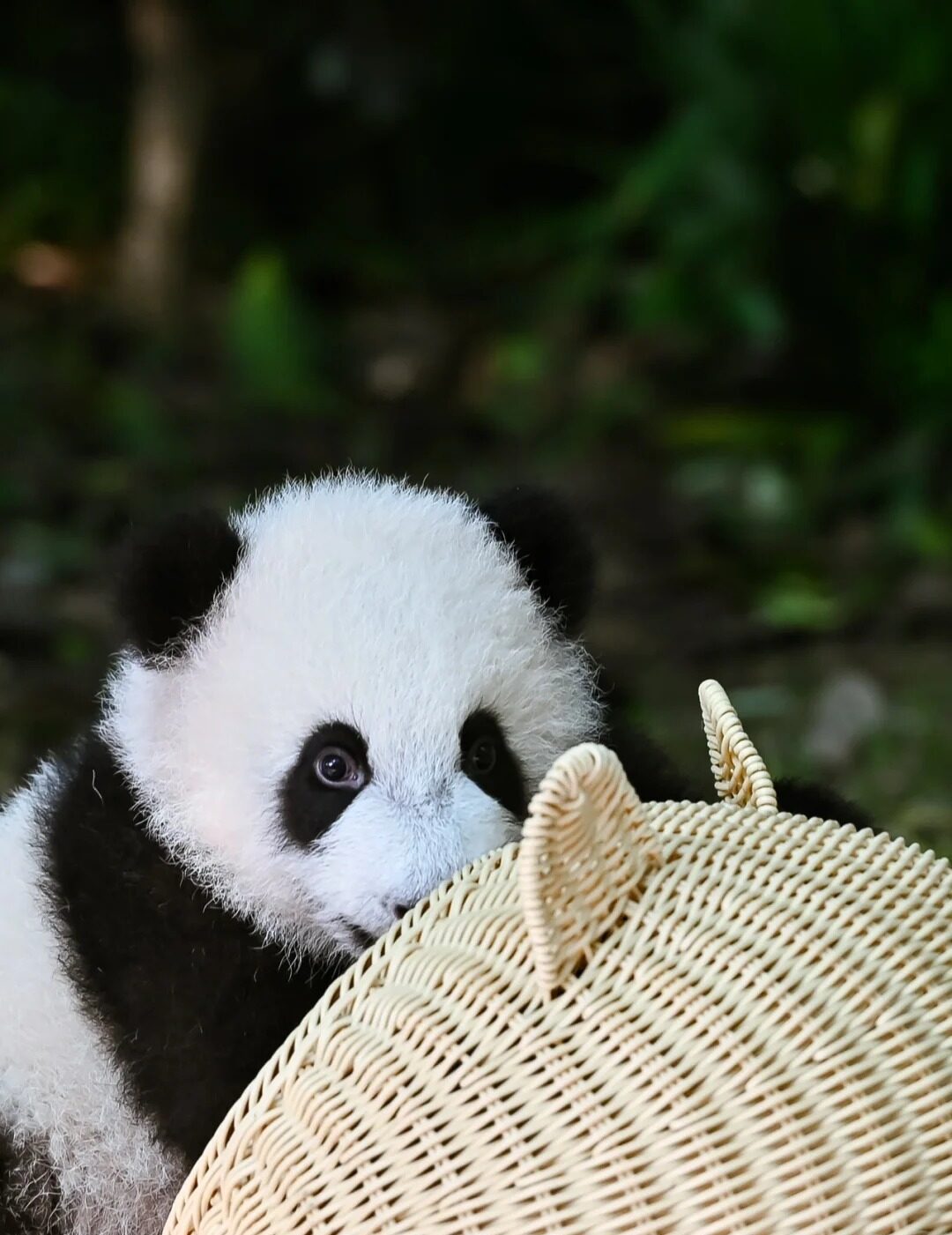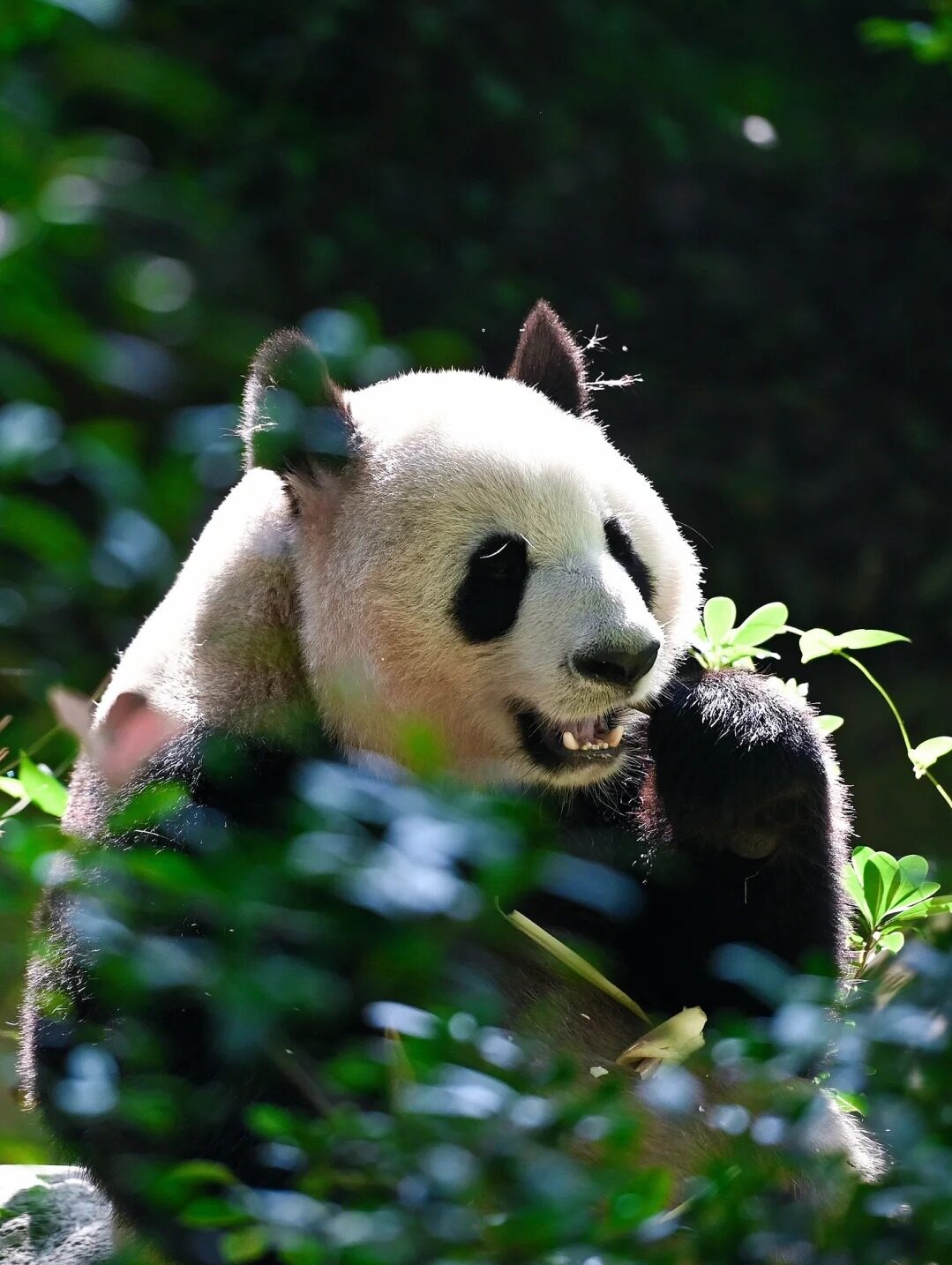Visiting Information
| Information | Details |
|---|---|
| Chinese Name | 成都大熊猫繁育研究基地 (Chéngdū Dàxióngmāo Fányù Yánjiū Jīdì) |
| Location and Address | 1375 Xiongmao Avenue, Northern Suburb, Chengdu, Sichuan Province, China |
| Opening Time/Hours | 7:30 AM – 6:00 PM (Last entry at 5:00 PM) |
| Entrance Fee | 58 CNY for adults, 29 CNY for children (1.3m-1.4m tall), Free for children under 1.3m |
| How to Get There | By Metro: Take Line 3 to Panda Avenue Station, then transfer to Bus 198 or 198A By Bus: Take Bus 87 from Chengdu North Railway Station or Bus 198 from Chengdu Zoo By Taxi: About 30-40 minutes from downtown Chengdu |
| Best Time for Visit | Early morning (8:00 AM – 10:00 AM) when pandas are most active; Spring (March-May) or Autumn (September-November) for pleasant weather |
| Contact Info | Tel: +86 28 8350 8288 Email: [email protected] |
Overview
The Giant Panda Breeding Research Base, located in Chengdu, Sichuan Province, China, is a non-profit research and breeding facility for giant pandas and other rare animals. Established in 1987, it started with just 6 giant pandas rescued from the wild. Today, it houses over 100 pandas and has become a world-renowned conservation center, playing a crucial role in panda breeding, research, and public education.
Historical Background
The base was founded in response to the declining giant panda population due to habitat loss and low reproduction rates. In the 1980s, the Chinese government initiated several conservation projects, with the Chengdu base being one of the most successful. Over the years, it has made significant breakthroughs in panda breeding techniques, including artificial insemination and cub rearing. The base has also contributed greatly to understanding panda behavior, nutrition, and disease prevention. Its success has made it a model for endangered species conservation worldwide.

Architectural Features
- Panda Enclosures: The base features multiple specially designed enclosures that mimic the pandas’ natural habitat. These areas are spacious, filled with bamboo forests, and equipped with climbing structures. The enclosures are designed to provide a comfortable and stimulating environment for the pandas while allowing visitors to observe them closely.
- Research Facilities: The base includes state-of-the-art research laboratories equipped with advanced technology for genetic studies, disease control, and breeding research. These facilities, while not open to the public, are crucial for the ongoing scientific work conducted at the base.
- Panda Nursery: A special area is dedicated to caring for newborn and young pandas. This nursery is equipped with incubators and other specialized equipment necessary for the delicate task of raising panda cubs. Visitors can sometimes view baby pandas through glass windows.
- Museum and Education Center: The base includes a comprehensive museum that educates visitors about panda biology, conservation efforts, and the history of panda research. Interactive exhibits and multimedia presentations make learning engaging for visitors of all ages.
- Bamboo Gardens: Extensive bamboo gardens are planted throughout the base, not only to provide food for the pandas but also to create a natural, park-like atmosphere for visitors. These gardens play a crucial role in maintaining the base’s ecosystem and providing a authentic habitat for the pandas.
Cultural Importance
The Giant Panda Breeding Research Base holds significant cultural importance in China and globally. As the giant panda is China’s national treasure and a symbol of conservation efforts worldwide, the base represents China’s commitment to protecting its unique wildlife. It has become a source of national pride and an important site for environmental education. The base’s work in panda conservation has also fostered international cooperation, with many countries participating in panda breeding programs and research collaborations. This has made the base a symbol of diplomatic ties and global efforts in wildlife conservation.
Surrounding Attractions
- Chengdu Research Base of Giant Panda Breeding Museum: Located within the base, this museum offers an in-depth look at panda evolution, behavior, and conservation efforts. It features interactive exhibits, including a 4D movie theater, making it an excellent educational stop for visitors of all ages.
- Panda Kitchen: While not an attraction per se, visitors can observe the preparation of panda meals, including the cutting and weighing of bamboo. This behind-the-scenes look provides insight into the care and feeding of these iconic animals.
- Swan Lake: Within the base complex, Swan Lake offers a peaceful setting with beautiful landscapes. Visitors can enjoy a stroll around the lake, observing various bird species and enjoying the natural scenery.
- Chengdu Botanical Garden: Located about 5 kilometers from the Panda Base, this extensive garden showcases a wide variety of plant species native to Sichuan. It’s an excellent place for nature lovers and those interested in local flora.

Photography Opportunities
- Panda Enclosures: The open-air enclosures offer excellent opportunities to photograph pandas in a natural-looking setting. Early morning is the best time to capture pandas actively eating bamboo or playing.
- Baby Panda Area: When accessible, the nursery provides rare chances to photograph panda cubs. These areas often have controlled lighting, so be prepared to adjust your camera settings accordingly.
- Bamboo Forests: The lush bamboo forests throughout the base offer beautiful backdrops for both panda and landscape photography. The interplay of light through the bamboo creates interesting patterns and textures.
- Red Pandas: Don’t forget about the red pandas! These smaller relatives of giant pandas are also present at the base and offer unique photographic opportunities with their distinctive red fur and expressive faces.
- Seasonal Shots: Each season offers different photographic opportunities. Spring brings new bamboo shoots and sometimes newborn cubs, summer showcases lush greenery, autumn offers beautiful foliage, and winter might bring the rare chance to photograph pandas playing in the snow.
Modern Importance
- Conservation Success: The Giant Panda Breeding Research Base has played a crucial role in increasing the giant panda population. Their breeding program has been so successful that in 2016, the IUCN Red List reclassified giant pandas from “endangered” to “vulnerable”, marking a significant milestone in conservation efforts.
- Scientific Research: The base continues to be at the forefront of panda research, contributing valuable knowledge about panda biology, behavior, and conservation needs. This research extends beyond pandas to benefit conservation efforts for other endangered species as well.
- Public Education: As a major tourist attraction, the base plays a vital role in educating the public about wildlife conservation. It raises awareness about environmental issues and inspires visitors to take part in conservation efforts.
- Economic Impact: The base has become a significant driver of tourism in Chengdu, contributing to the local economy and providing employment opportunities. It exemplifies how conservation efforts can align with sustainable economic development.
- International Cooperation: Through its panda loan program and research collaborations, the base fosters international cooperation in wildlife conservation. It serves as a model for how countries can work together to protect endangered species.

FAQ
- What is Giant Panda Breeding Research Base famous for?
The Giant Panda Breeding Research Base is famous for its successful panda breeding program, cutting-edge research on panda conservation, and for providing visitors the opportunity to see giant pandas up close in a natural setting. - What’s inside Giant Panda Breeding Research Base?
Inside the Giant Panda Breeding Research Base, you’ll find panda enclosures, a panda nursery, research facilities, a museum and education center, bamboo forests, and areas for other rare animals like red pandas. - Is Giant Panda Breeding Research Base free?
No, the Giant Panda Breeding Research Base is not free. There is an entrance fee of 58 CNY for adults, with discounts for children. - Is Giant Panda Breeding Research Base worth visiting?
Yes, the Giant Panda Breeding Research Base is definitely worth visiting. It offers a unique opportunity to see giant pandas in a naturalistic environment and learn about conservation efforts for this iconic species. - What to do in Giant Panda Breeding Research Base?
In the Giant Panda Breeding Research Base, you can observe pandas, visit the museum to learn about panda conservation, watch educational films, stroll through bamboo forests, and sometimes view baby pandas in the nursery. - How do I get to Giant Panda Breeding Research Base in the local city?
In Chengdu, you can reach the Giant Panda Breeding Research Base by taking Metro Line 3 to Panda Avenue Station and then transferring to Bus 198 or 198A. Alternatively, you can take Bus 87 from Chengdu North Railway Station or a taxi from downtown Chengdu. - How to visit Giant Panda Breeding Research Base?
To visit the Giant Panda Breeding Research Base, arrive early in the morning when pandas are most active, purchase tickets at the entrance, follow the designated paths to view pandas and other animals, visit the museum and education center, and consider joining a guided tour for more in-depth information.





